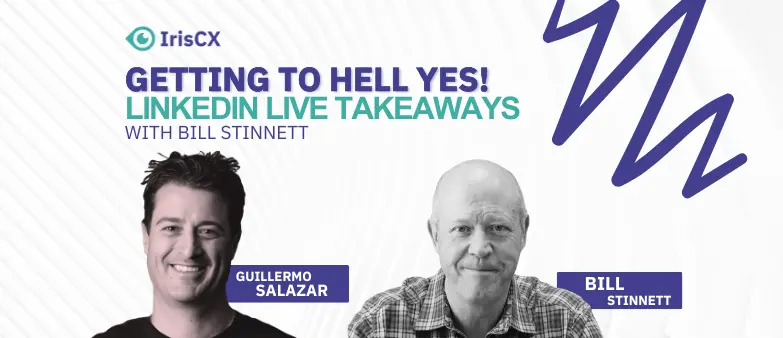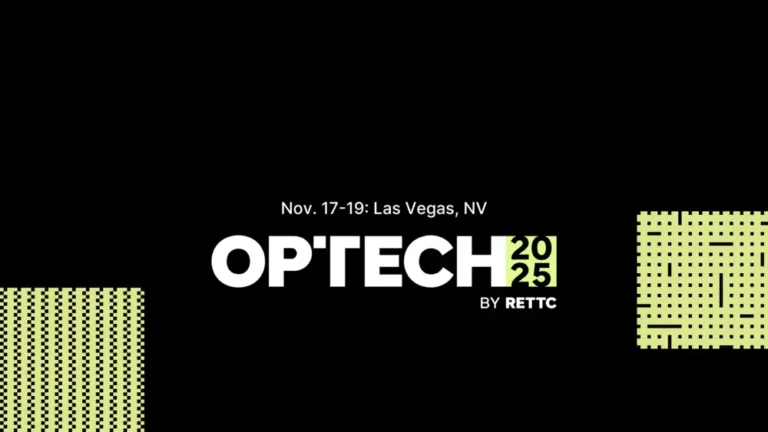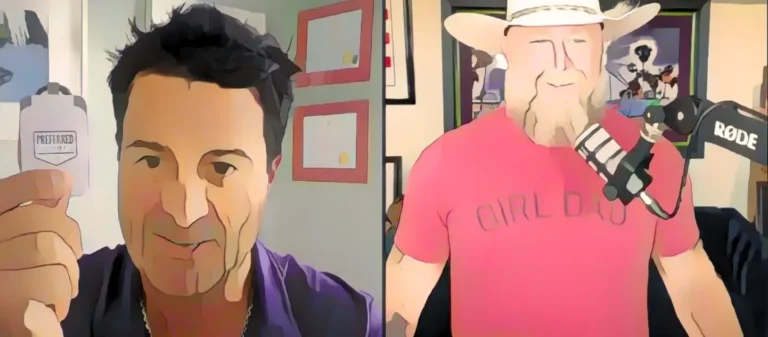Sometimes a remarkable journey starts in an unexpected moment. At 14, Bill Stinnett attended a bass fishing seminar. While most kids dreamed about sports or superheroes, Bill watched two men teach a crowd how to catch fish and thought, “That’s what I’m going to do.” Not fish—teach.
He later tried music school, attending the prestigious New England Conservatory. But he quickly realized he couldn’t keep up with the elite musicians. “I went from being one of the better players to one of the worst,” he says. That hard pivot led him to sales, where he found a new kind of stage.
Motivated by Zig Ziglar, Bill began selling enterprise software in 1988. That path led him to coaching, consulting, and writing books. For over 20 years, he’s helped sales teams not just hit quotas but build systems that drive lasting growth.
Today, Bill stands as a global authority on sales excellence, still focused on what inspired him at that fishing seminar: teach something useful.
When Tools Don’t Solve the Problem
Sales teams today have more tools than ever. CRMs, automation platforms, scripts—they have it all. But tools alone don’t win deals.
“We’ve got more training than our salespeople have time to take,” Bill says. “And they still don’t use it.”
Executives now call him, not because their teams lack training, but because they face fear, burnout, and change fatigue. “My team’s scared,” they say. “We reorganize constantly. Morale’s low. We can’t keep up.”
These companies have the tech, but adoption fails. Why?
Because systems often serve management, not salespeople. CRMs collect data but don’t help reps sell. Outreach tools automate messages but miss the human touch. Junk data, cumbersome interfaces, and misaligned processes make sales harder.
Bill cuts to the core: “Salespeople aren’t lazy. They’re smart. If a system doesn’t help them sell, they won’t use it.”
Aligning with the Buyer’s Journey
That’s where Bill’s “Getting to Hell Yes!” philosophy comes in.
The secret? Stop thinking like a seller. Start thinking like a customer.
Most companies build their sales process around internal steps. But buyers have their own journey. That disconnect creates friction.
“You can check every CRM box and still lose the deal,” Bill says. “Because the customer hasn’t done what they need to do.”
“Sales isn’t about your process. It’s about their progress.”
Bill teaches teams to qualify every deal by asking three key questions:
- Motive – Why does the customer want to change?
- Urgency – Why now?
- Consequence – What happens if they don’t act?
Without answers to these, you don’t have a deal. You have a maybe.
Ask early. As buyers move through their journey, risk and hesitation grow. “The most open your customer will ever be is right after you break the ice,” Bill says.
He also emphasizes personal motivation. Buyers don’t just want ROI. They want promotions, recognition, and simplicity.
“People buy emotionally and justify logically. If you miss the emotion, you miss the deal.”
Ask:
- “If this goes well, how does it position you?”
- “If this fails, what happens to you?”
- “Who else needs to support this for it to work?”
You’re not just building a business case. You’re building a personal one.
Human Intelligence Wins
Bill bets on Human Intelligence (H.I.) over Artificial Intelligence (A.I.).
“I focus on H.I. because sales isn’t about having the right answer. It’s about building belief.”
“People don’t change because they’re told to. They change because they believe it matters.”
Belief drives preparation. When reps don’t prepare, it’s not because they’re lazy. It’s because they don’t believe it matters. That’s not a behavior problem. That’s a belief problem.
So Bill now coaches on mindset, not just technique.
Buyers have changed, too. They gather information online, on their own time. Sellers must become part of that search.
Bill challenges teams to ask: What are the top 20 questions our customers ask? Then, create content that answers them—videos, podcasts, white papers, infographics.
“If you’re not showing up in Google, YouTube, or ChatGPT, you don’t exist,” he says.
That’s the essence of modern selling. It’s not just about closing. It’s about showing up where buyers look.
Top 3 Takeaways for Getting to “Hell Yes!”
- Think Like Your Customer Match your sales process to their buying journey. Ask questions that guide them forward.
- Tap Into Personal Drivers Discover what matters to the individual—career goals, recognition, and simplicity. Ask personal questions early.
- Focus on the Cost of Inaction Don’t just pitch the benefits. Make the risk of doing nothing crystal clear.
Final Word
Bill Stinnett shows us that great sales isn’t about slick techniques. It’s about human connection.
“You don’t get to ‘Hell Yes!’ by pushing harder. You get there by walking with the buyer and earning their trust.”
“Great salespeople don’t close deals. They open relationships.”
In a world full of automation and noise, what buyers want most is someone who understands them.
Be that someone.
When you do, you’re not just closing deals.
You’re getting to Hell Yes.




